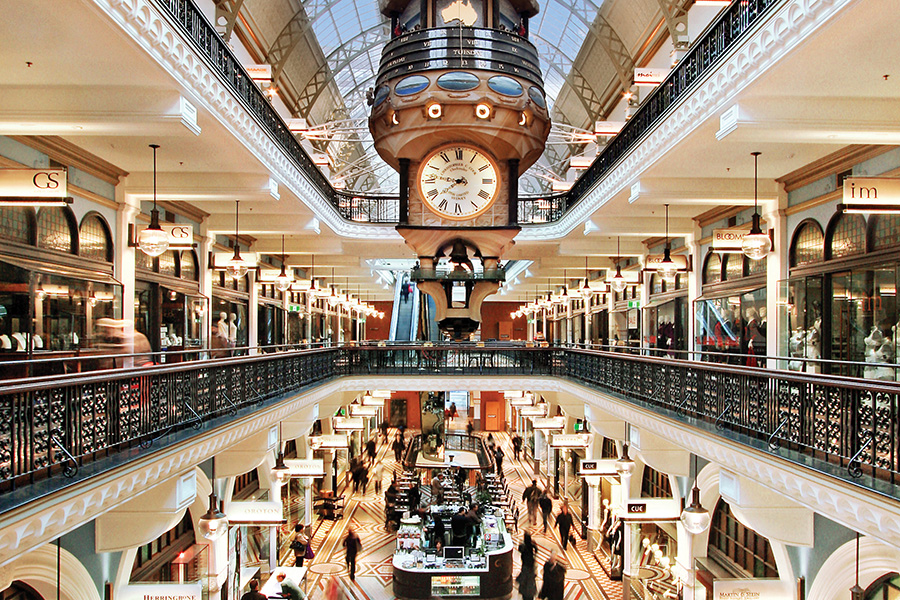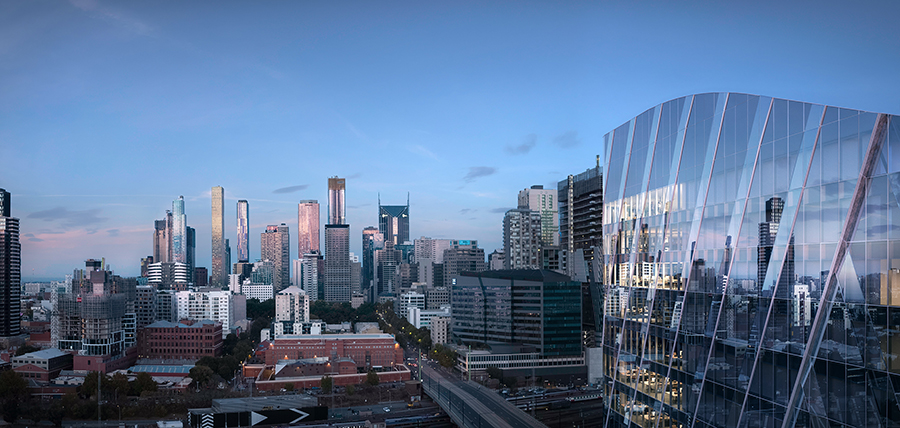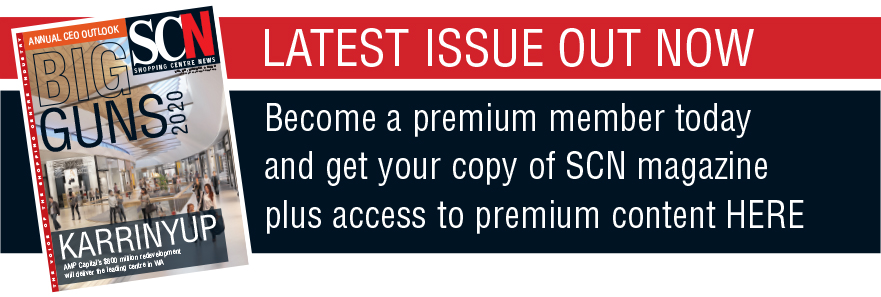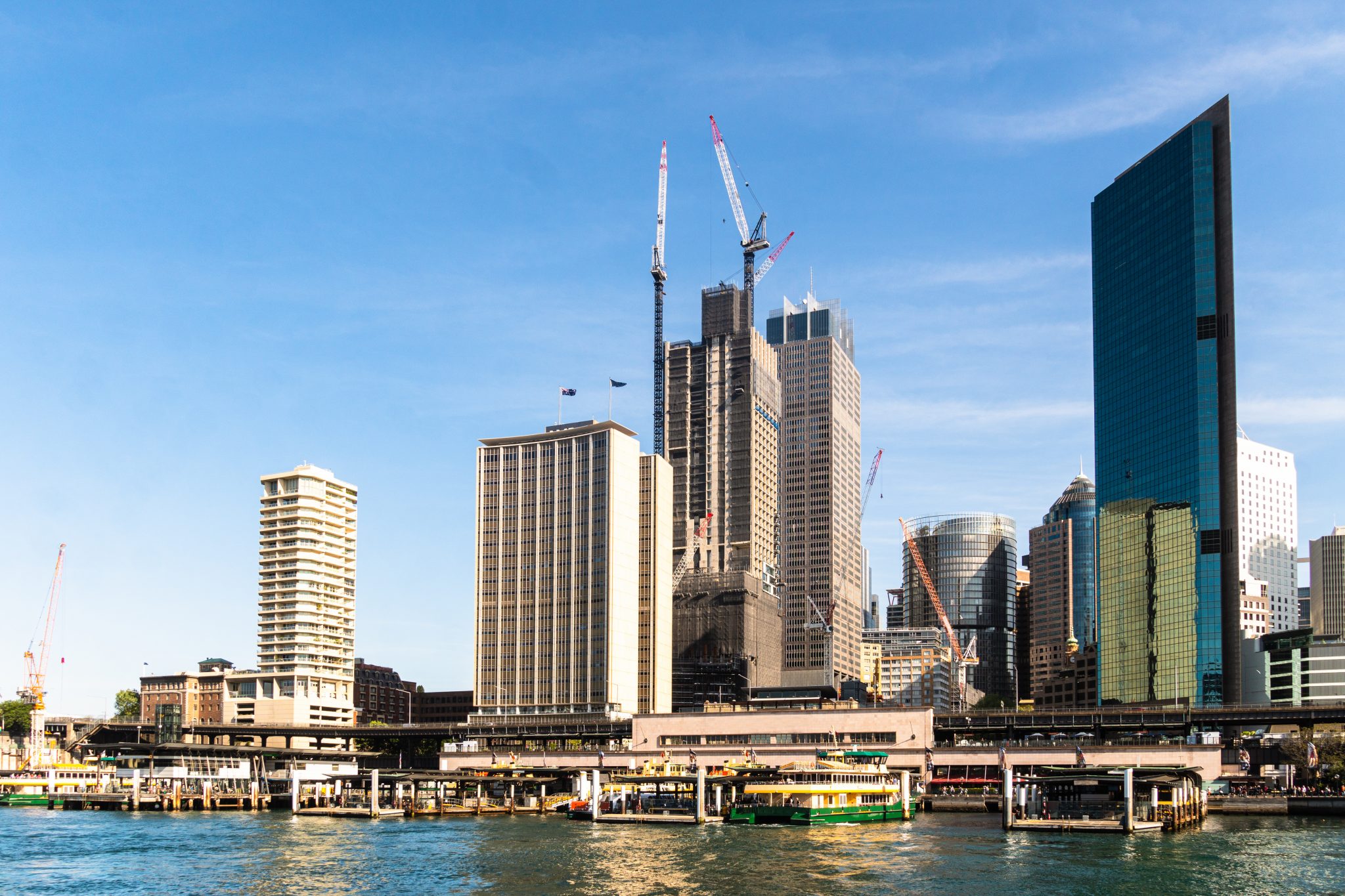Ian Thomas the founder and chairman of Thomas Consultants, one of the leading (if not ‘the’) Retail Property Development consultancies in the world. An Aussie, he’s lived in Canada for more than 50 years. His view on Australia, and particularly on its retail property is illuminating; there’s not much negativity here and maybe we’d do well to consider closely, the opinion of a fresh observer, from the ‘outside’.
Cast your mind back to Sydney’s Town Hall in 1971. There was the majestic Town Hall itself surrounded by a vacant Queen Victoria Building (QVB) in search of a new identity, discount retail screaming attention to its mediocrity, the occasional skyscraper but with no claim to fame etc. Walking to Market Street were the department store anchors of Grace Bros and David Jones. Pitt Street had no identification other than being a major arterial through the city. To the west, Darling Harbour was in disarray and still in the agonising phase of repurposing with all the doubting Thomases questioning its future. This was the scene when I left Sydney in 1971 on a transfer to North America and whereI remain.

The QVB, Sydney
As the expression goes “You can tell the dynamism of a city by its skyline and its soul by the liveliness of its streets”. If any place gives affirmation to such assertion, it would be Town Hall today – the utopian juxtaposition of the old and new, a cacophony of clustered 50 to 60 storey world-class towers incorporating flag ship office, hotel and residential uses, all activated by state of the retail and anchored by the clever adaptive re-use of the QVB – what a vote of confidence for Urban Planning. As such, Town Hall is not seen to be an isolated case of urbanisation, but rather symptomatic of the relentless pursuit of perfection happening all over Australia.
Recently, I organised and accompanied a development team of 12 of one of the best developers in the US on a tour of Sydney and Melbourne. The purpose was to see first-hand why Australia’s regional malls are reputably the best in the world. Also, given its immense increase in wealth in recent decades we were keen to explore how this manifests in its search for luxury. The Americans left in awe and all wanted to return. Yet the basis for Australia’s remarkable transformation in the past 20 to 30 years is not well documented. In some respects, it is probably a good thing – staying under the radar and never bragging and certainly no swagger.
So with a meteoric rise to one of the world’s wealthiest countries just behind the US and ahead of Canada, why is more credence not given to this feat?
I wonder if it is a case of “good news is no news, bad news is good news”?
If you read the Australian press and its continuous sensationalism of bad news, you would be left with the impression that the country is directionless, lives from day-to-day, devoid of long-range thinking, a falling rupee for a currency resulting in a Banana Republic type administration. Of course nothing could be further from the truth. As Churchill said:
“The ignorant man affirmsThe learned man doubts The wise man reflects”.
So is it the time for reflection? Far for me to say it, but let us remind ourselves of recent milestones. Just consider:
• Sydney continues to live up to its reputation as one of the six spectacular cities in the world
• Sydney – Pitt Street generates the sixth highest rents in the world• Sydney – Barangaroo a $6 billion mega complex achieving the eye-popping acclaim of a penthouse sale of $140 million
• Melbourne – according to a UN Survey, remains “The World’s Most Liveable City”
• Melbourne – the remarkable success of the gargantuan redeveloped Docklands
• Melbourne – its responsible acknowledgement that the city can no longer sprawl endlessly and as its population is expected to double by 2050, this can only happen vertically – witness ‘Melbourne 108’ – the tallest residential tower in the Southern Hemisphere
• Melbourne – arguably the most beautiful shopping centre and the fifth top performer in the world, Chadstone is a supreme tour de force.

And it does not stop there – governments and planning authorities are taking a much longer term perspective in looking over the horizon and around corners to see what the future may bring and the associated infrastructure required. Around the world, many talk about it but generally little action accrues. This is certainly not the case in Australia.
Australia’s investments into public transportation must be singled out. Phenomenal opportunities are going to occur at designated ‘activity nodes’ with transit oriented development (TOD) – retail will be the significant beneficiary.
This is almost cursory given all the positive happenings around the country.
Australia in so many ways has come of age on the world scene, so let’s recognise and celebrate this. But this is not cause for the country to rest on its laurels but rather to seize increasingly more opportunities coming its way. Also to be singled out are its leaders and professionals. Fortunately, the tall poppy syndrome seems to have died a natural death. No longer are its leaders intimidated on the world stage – they hold their own with anybody and are proving to be pragmatic, influential, inspiring and charismatic ambassadors.
Similarly and without being patronising, this magazine, SCN, is the best of its type in the world and should be prescribed reading for any practitioner in the business.
Any progressive country will claim the 21st-century belongs to them. If Australia continues to grow with such precision and professionalism as it has in the past 50 years, the world can be its oyster.





















